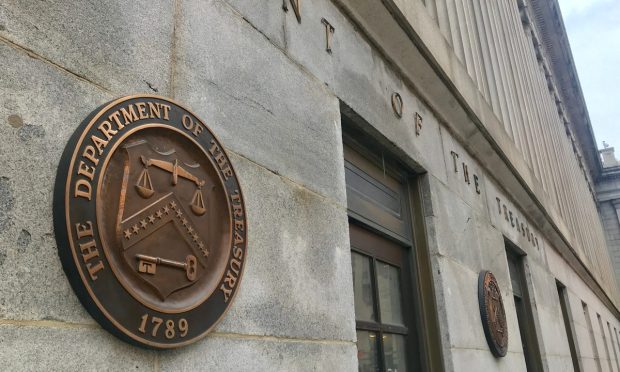Treasury Official Presses Congress to Create Uniform Crypto Framework

For stablecoins, the push for new regulation seems to be taking on new urgency, sounding alarm bells over what might be a systemic risk in financial services.
The latest salvos are coming from the U.S. Treasury Department.
To that end, and as reported by Bloomberg, Nellie Liang, the Treasury undersecretary for domestic finance, said in an interview, “If Congress does not enact legislation, the regulators will try to use what authority they have,” but they will be left without sufficient oversight powers.
In other words, there are a few approaches that could ultimately be at work. For one, there could be a uniform framework via Congress, or a bit of patch quilt of different regulations lobbed into the crypto sphere by a range of regulators, without much in the way of proverbial teeth.
In the latter scenario — a multifaceted approach, with several regulators in the mix — Liang said in the report, “they can do a little here and a little there, but if these are foundational to crypto assets and they aren’t stable, that could potentially be a big risk.” She explicitly advocated congressional action.
The interview with Liang comes a bit more than a month after the President’s Working Group on Financial Markets found both promise and peril with stablecoins. The Group issued its findings in tandem with the Federal Deposit Insurance Corp. (FDIC) and the Office of the Comptroller of the Currency (OCC).
Read also: Stablecoin Risks Warrant Legislation
As for the promise: “If well-designed and appropriately regulated stablecoins could support faster, more efficient, and more inclusive payments options. Moreover, the transition to broader use of stablecoins as a means of payment could occur rapidly due to network effects or relationships between stablecoins and existing user bases or platforms.”
Promise and Peril
As for the peril: The same report warned of the risks of “speculative” digital asset trading, as consumers use the stablecoins to shift between online platforms.
Stablecoins also pose “illicit finance concerns and risks to financial integrity,” according to the report — and redemption protocols, overall, have yet to be well-defined. That same report recommended that Congress “act promptly” to ensure that there is federal oversight on payment stablecoins, which would also be comprehensive in scope.
The agencies recommended in the report that “Congress act promptly to ensure that payment stablecoins are subject to appropriate federal prudential oversight on a consistent and comprehensive basis.” And as part of a comprehensive approach, stablecoin issuers should be required to be insured depository institutions.
Limiting the issuance to regulated entities and under an overarching framework might dispel any piecemeal approach that would come from a multi-agency approach. For instance, the Securities and Exchange Commission (SEC) might be focused on the assets “backstopping” the stablecoins, or on speculation; other agencies would ostensibly be focused on the commerce aspects.
The Treasury’s concerns — relayed through Liang’s interview — spotlight why a concentrated effort may be the favored approach for a nascent industry, at least among the regulators themselves.
